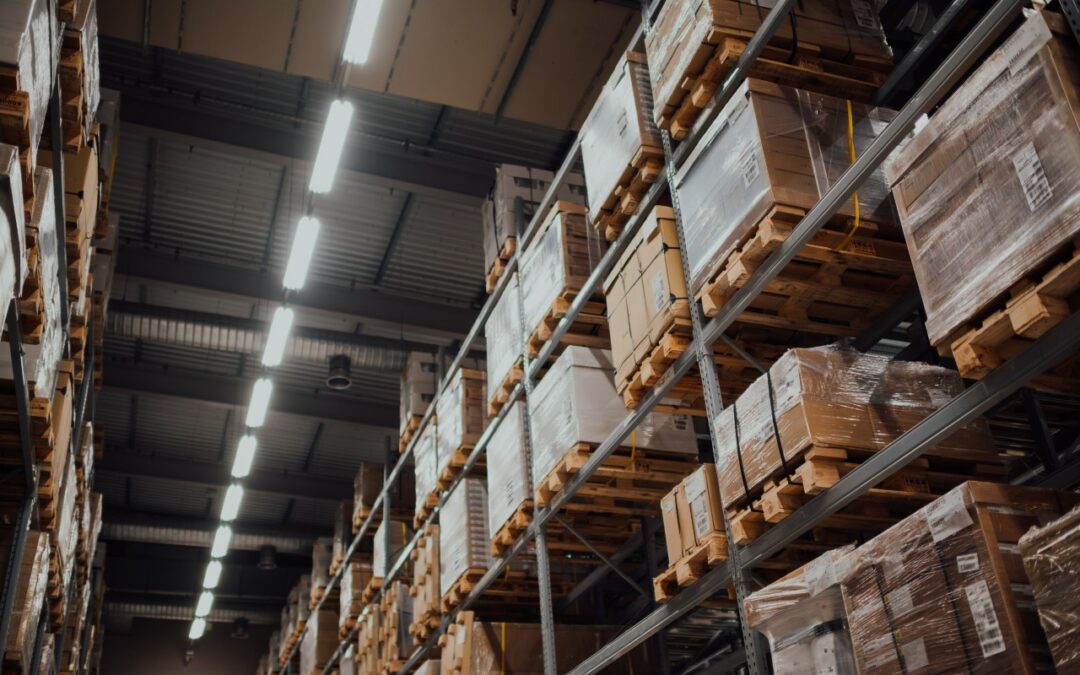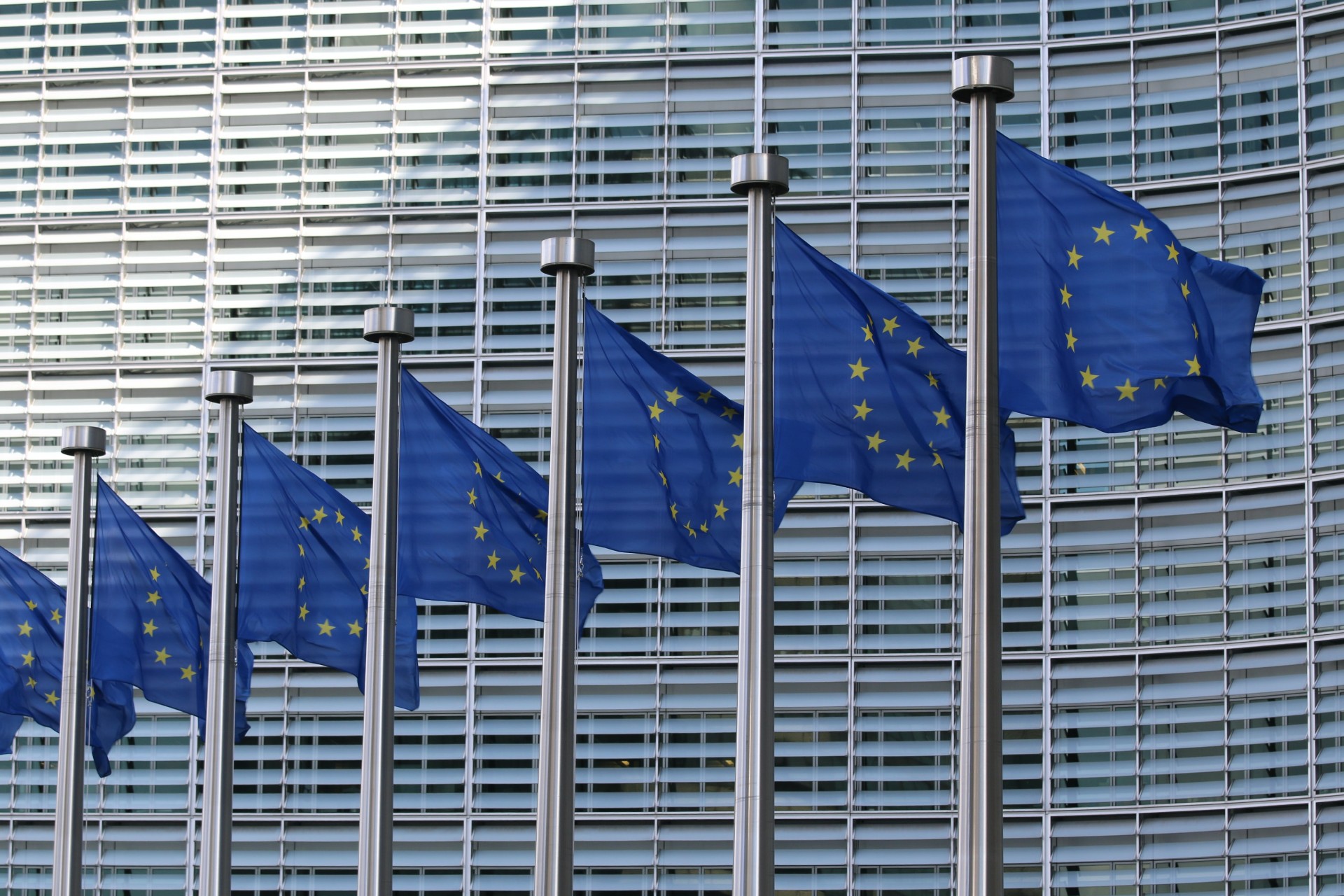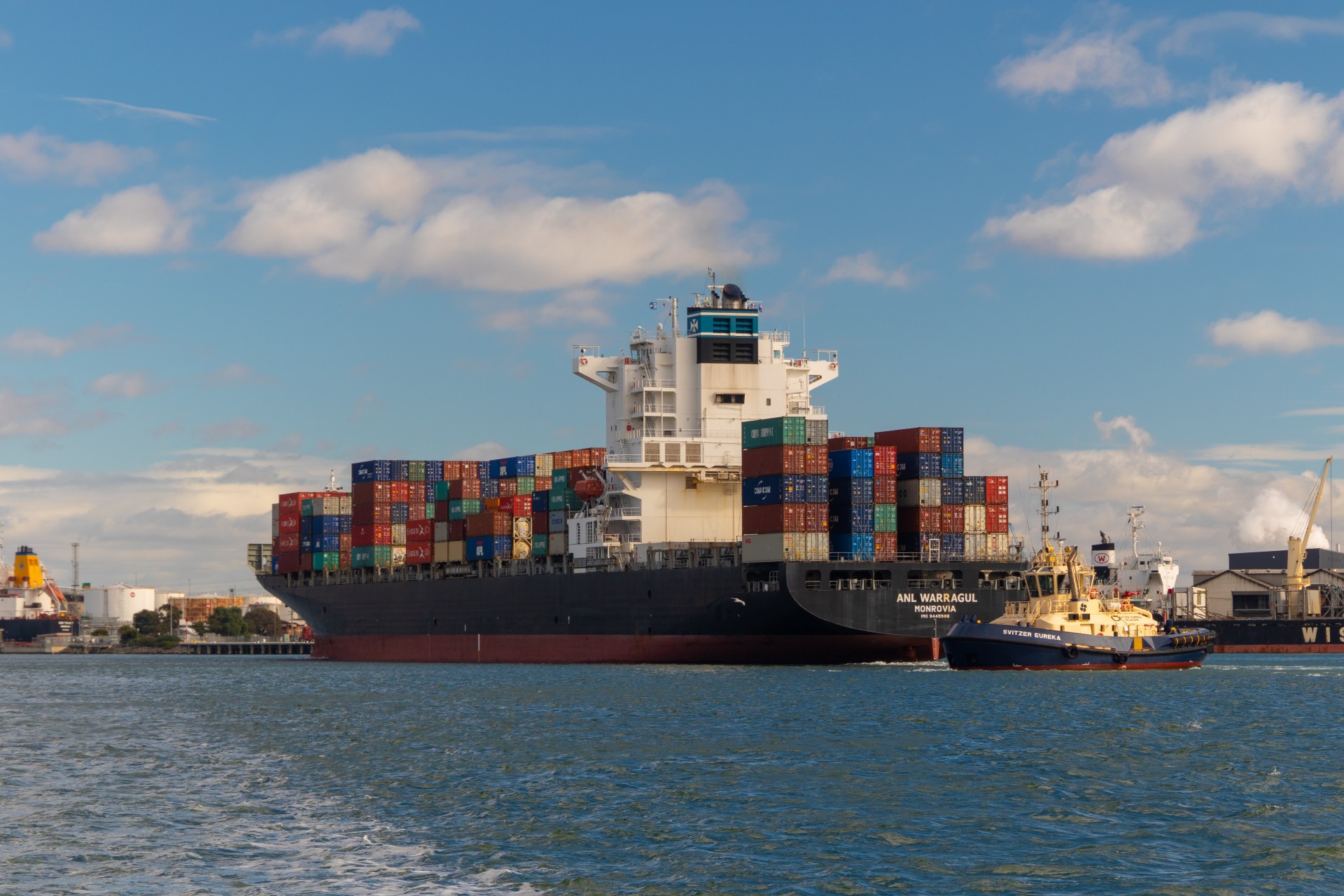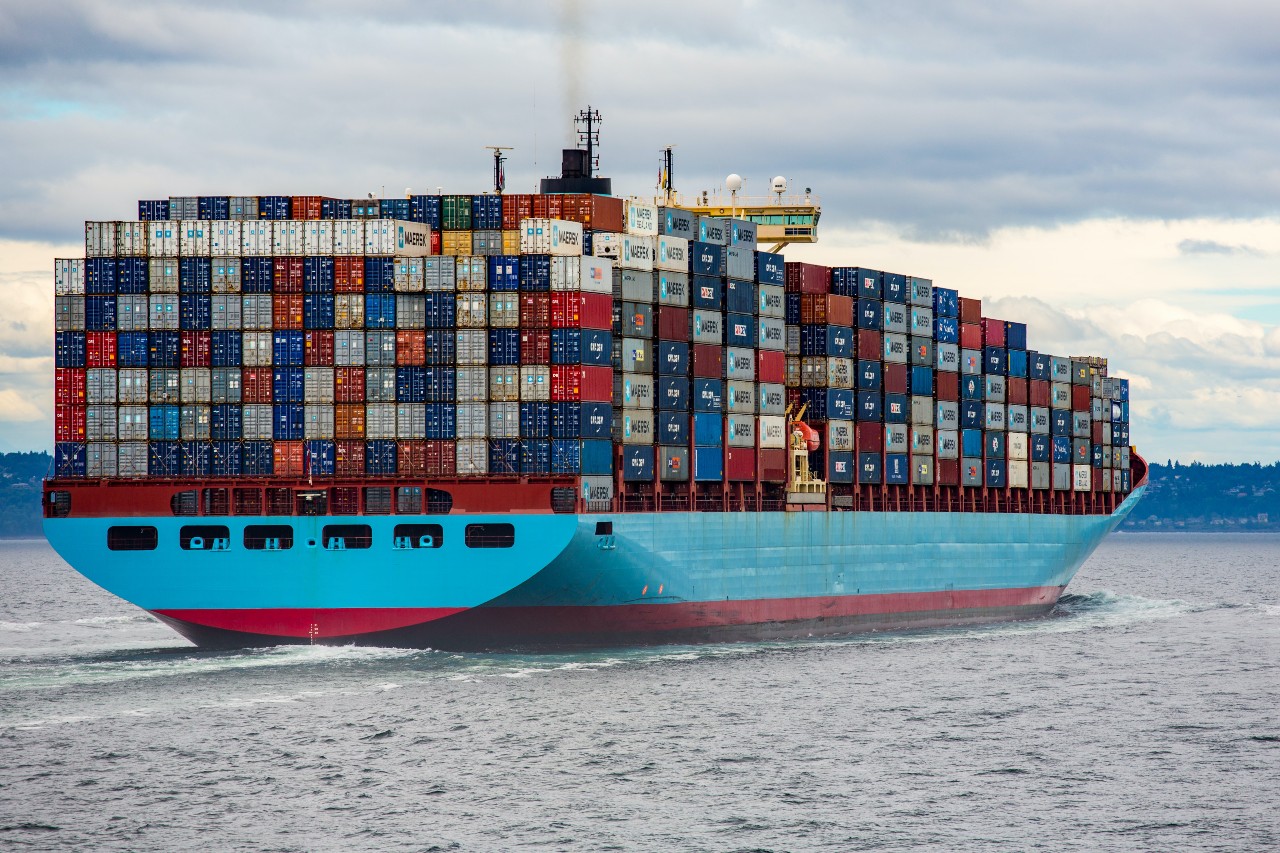The Long Beach Board of Harbor Commissioners has approved the Pier B On-Dock Rail Support Facility project so that cargo can move faster with fewer environmental impacts through the Port of Long Beach.
The board will consider a baseline budget for the project after preliminary designs are completed.
Located within the Harbor District, the proposed rail development would shift more cargo to “on-dock rail”, which places containers directly on trains at marine terminals.
The facility would be operated by Pacific Harbor Line, a railroad that has converted its fleet to clean-diesel locomotives that reduce air pollution and save fuel.
Long Beach’s on-dock rail usage sat at 24% in 2017.
The ability to build long trains at the port is currently impeded by a lack of adequate yard tracks and the configuration of mainline tracks but the Pier B facility plans aim to improve this by providing track space to join together sections of trains assembled at terminals.
This would provide significant environmental benefits by pushing more cargo to rail transportation and reducing the number of cargo trucks to zero.
Port of Long Beach claims a one-mile-long train can take as many as 750 trucks off roadways.
The Port conducted extensive outreach with the public and stakeholders last year following the release of the project’s Environmental Impact Report (EIR) in December 2016.
The study analyzed the environmental impacts of the planned project as well as mitigation measures that would be used to address those impacts.
In a statement, Lou Anne Bynum, President of the Harbor Commission, stressed that the project was vital to the port’s ability to stay competitive, as well as to minimize truck trips generated by anticipated cargo growth.
She said: “Moving more cargo by rail to and from the Port reduces air pollution and makes operations more efficient.”
Mario Cordero, Executive Director, Port of Long Beach, said: “The Clean Air Action Plan calls for increased use of on-dock rail, and we have a goal of raising our on-dock volumes to at least 35 percent of our shipments.”
It’s crucial that we build this facility to hit these environmental and business goals.”
The Port of Long Beach had its busiest year in 2017, moving 7.54 million twenty-foot equivalent units, an increase of more than 11%.
Cordero announced the results at the annual State of the Port address on January 24, 2017 (video above), when he pledged to continue leveraging the port’s reputation for customer service and blend it with its world-leading productivity and sustainability.
Cordero said: “Zero emissions remains our ultimate goal.
“For us to continue to grow sustainably, our Port must be better prepared than other North American ports to bring goods on vessels that plug into clean shore power, move on zero-emission yard equipment and cranes, and are transferred quickly onto the most efficient network of trucks and trains.
“That’s how consumers will get what they want when they want it. That’s how we’ll all thrive in this new same-day, e-commerce environment.”
This article was originally published on the Port Technology Website.




